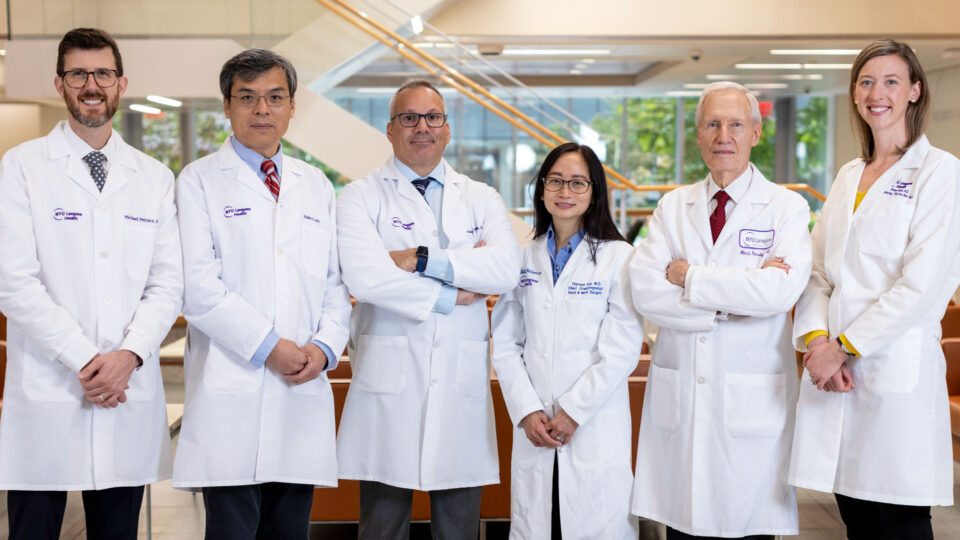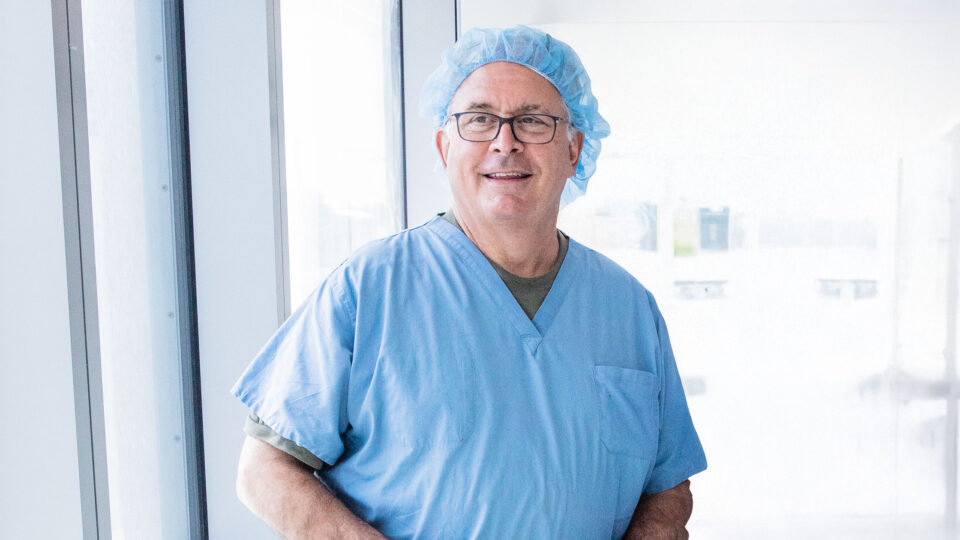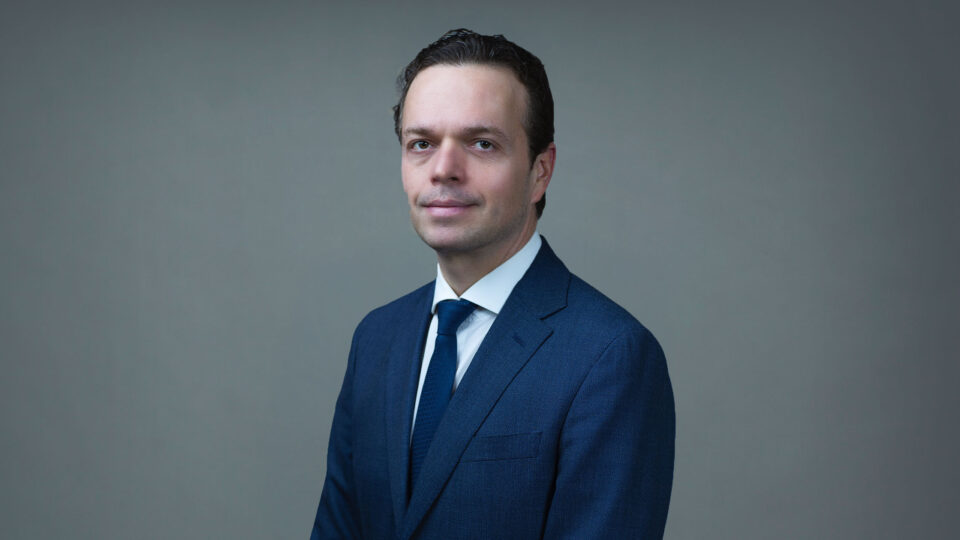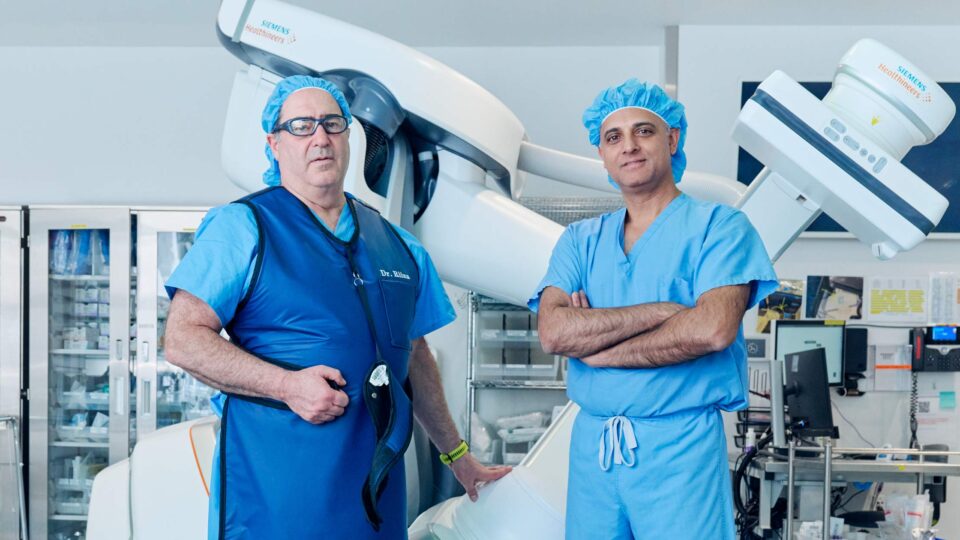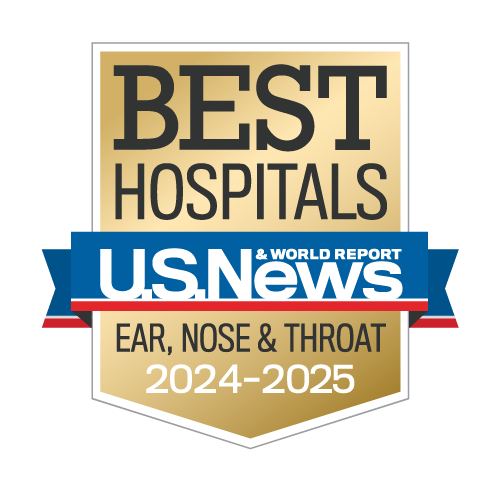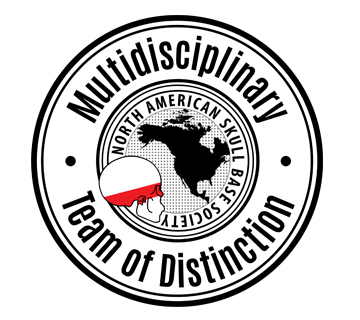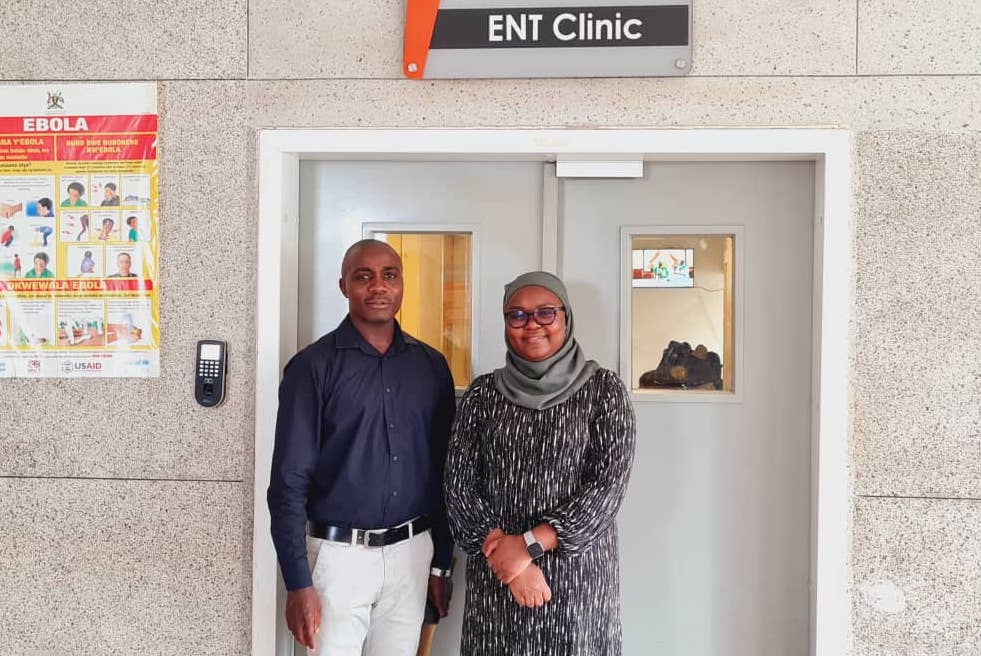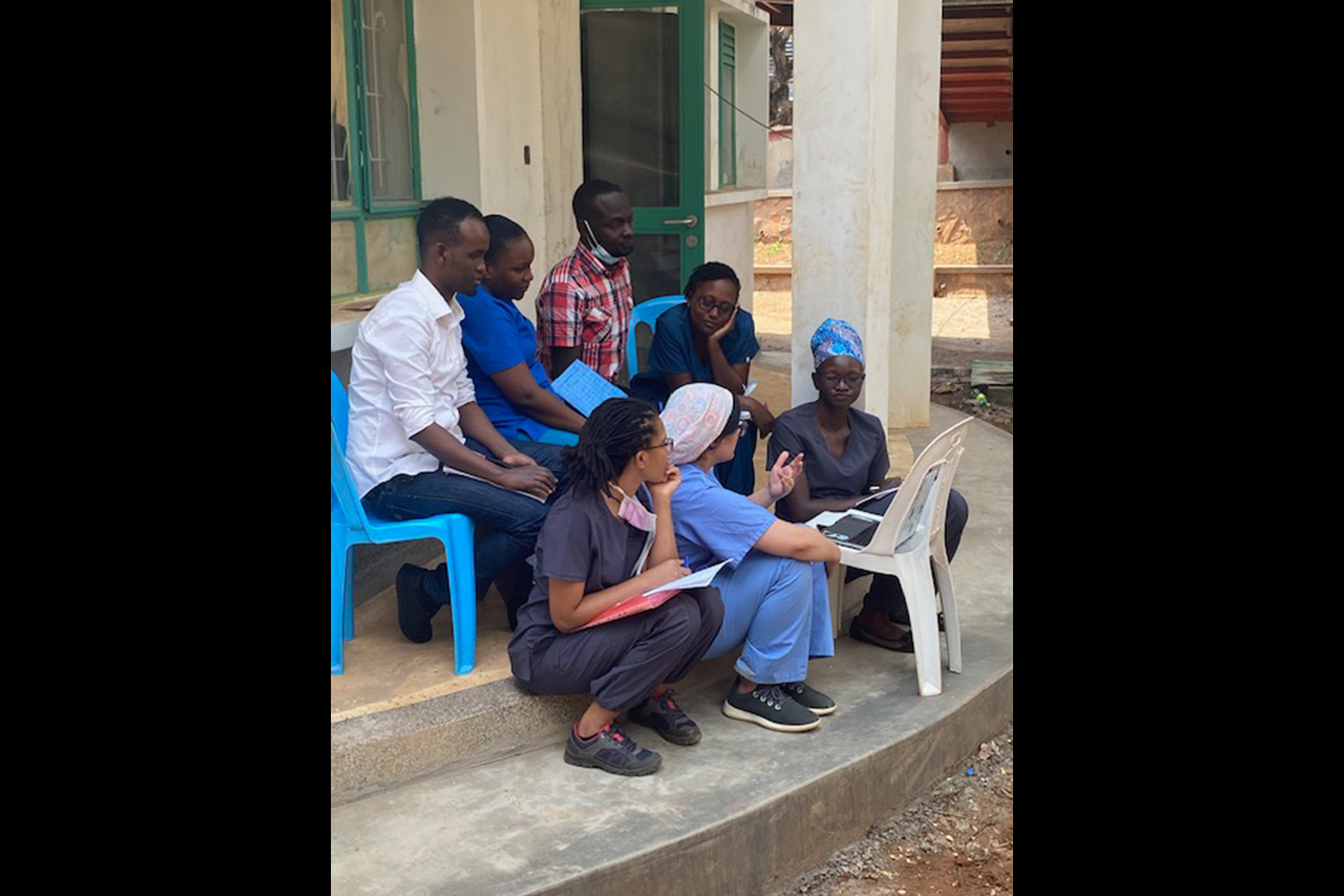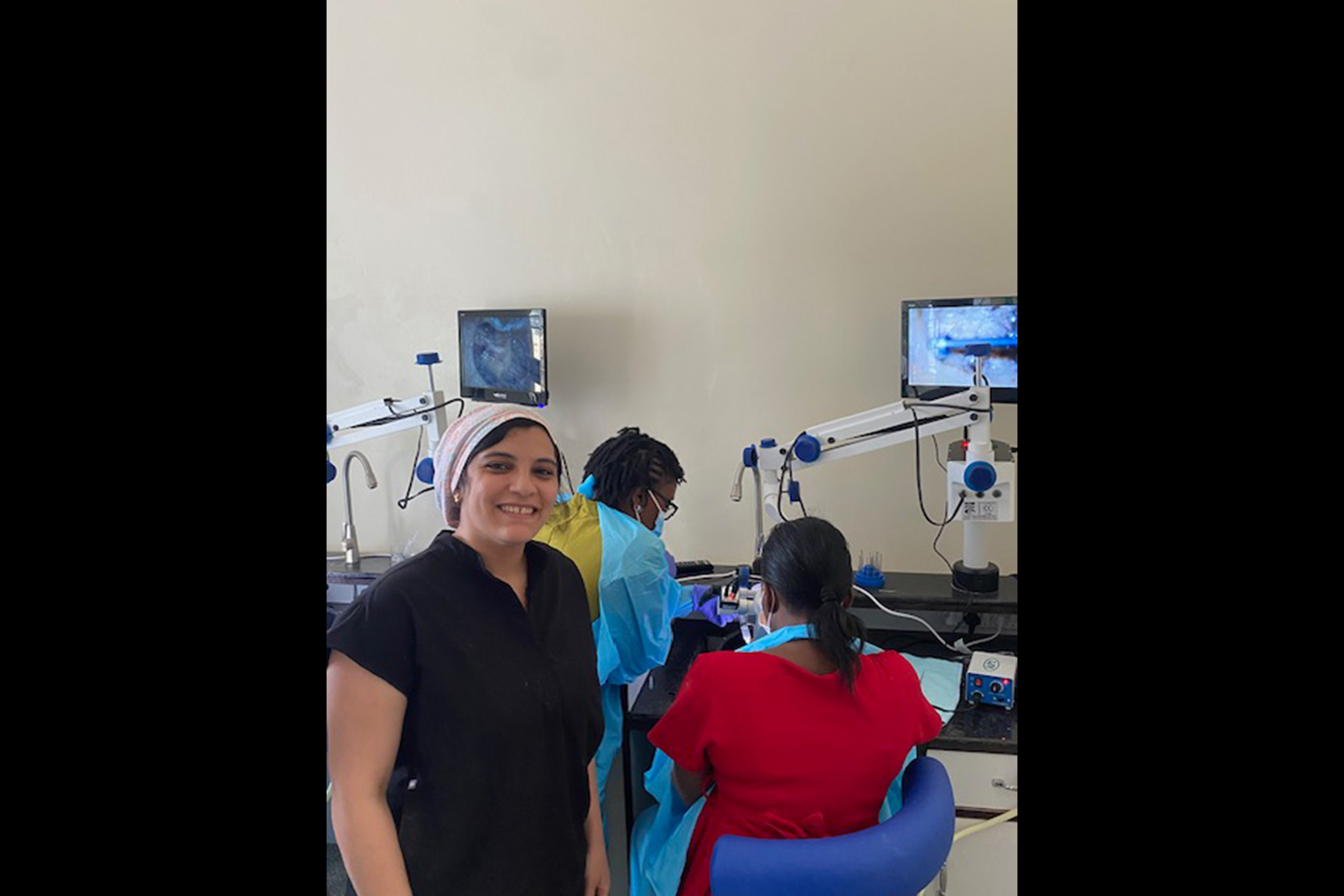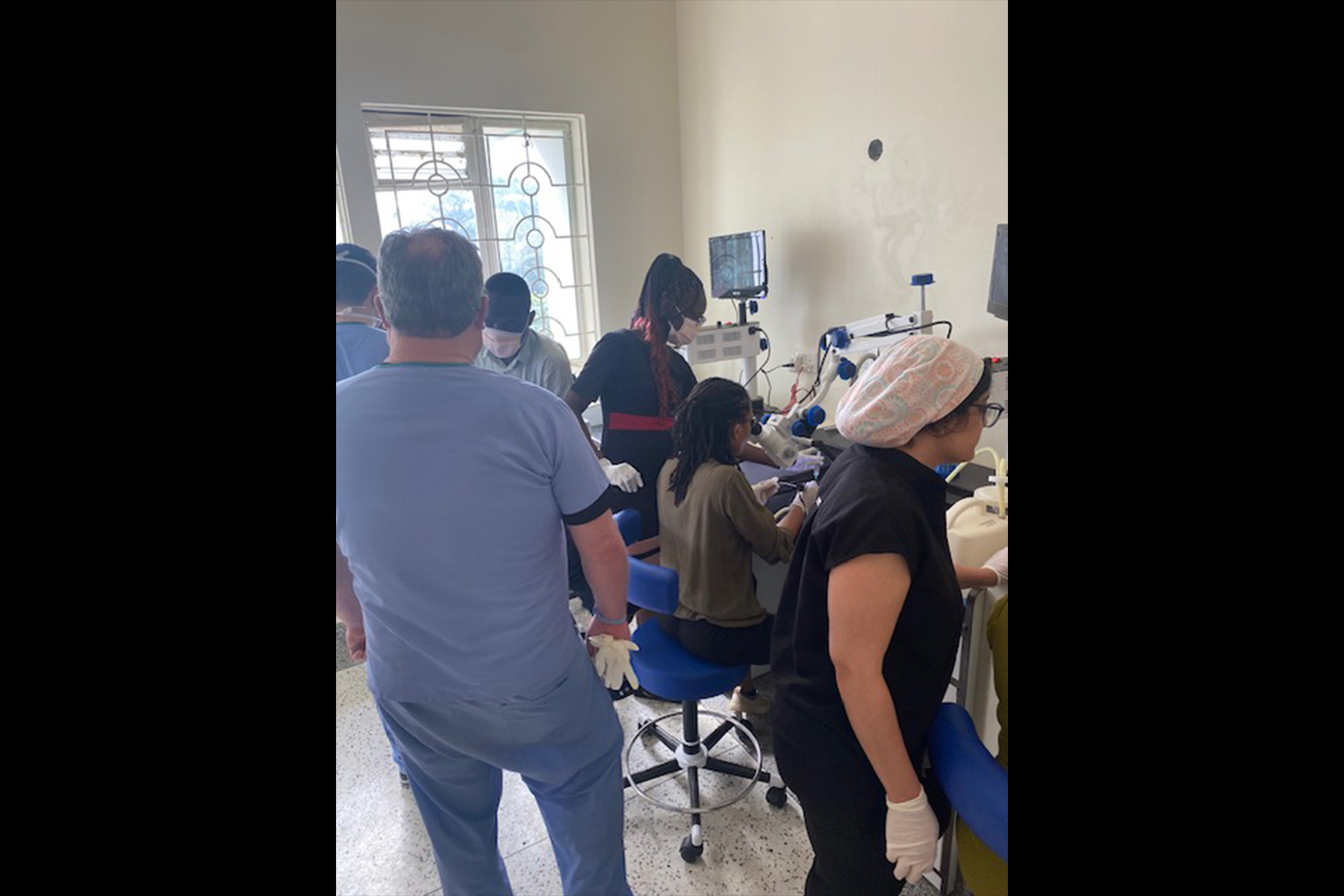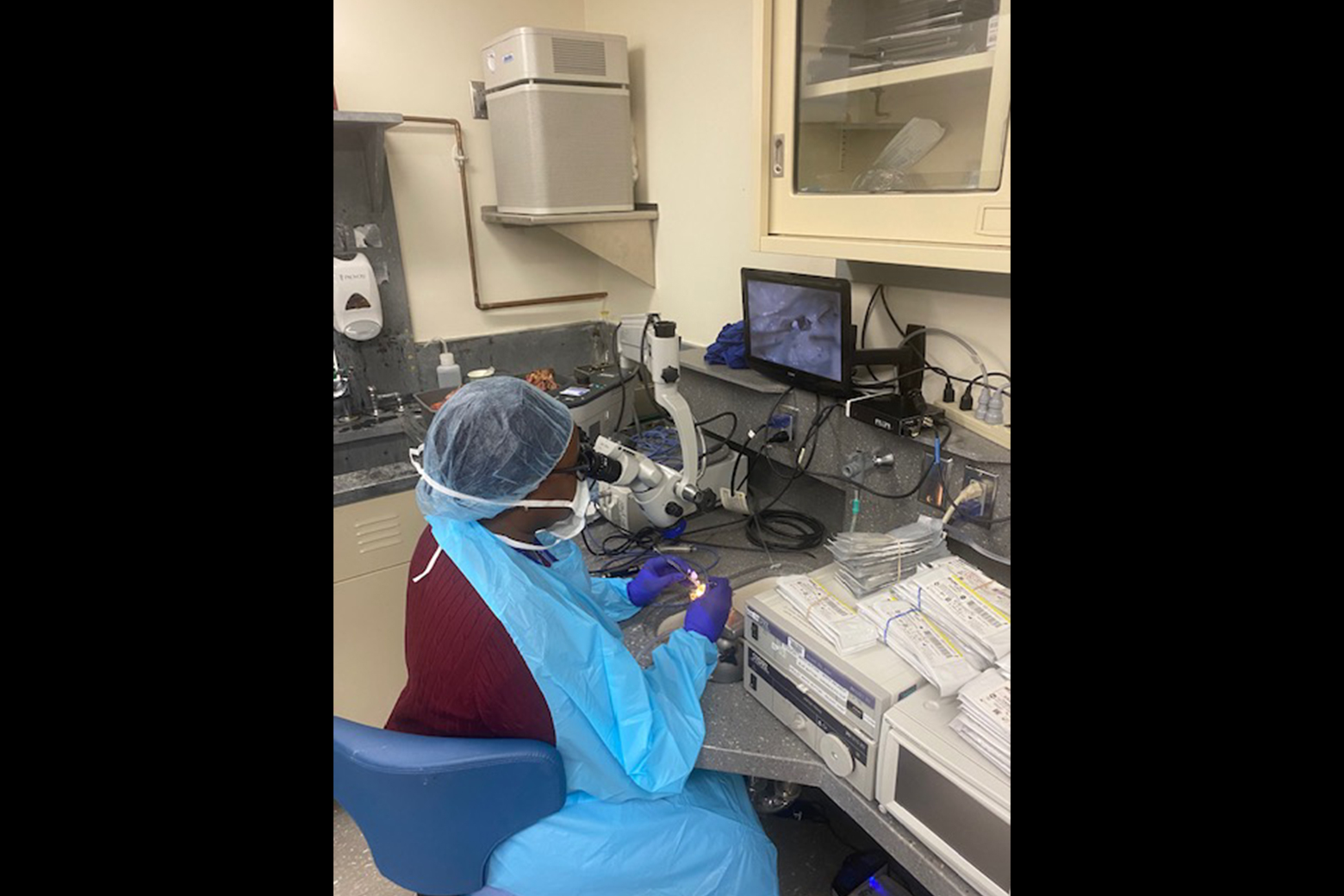Otolaryngology—Head & Neck Surgery
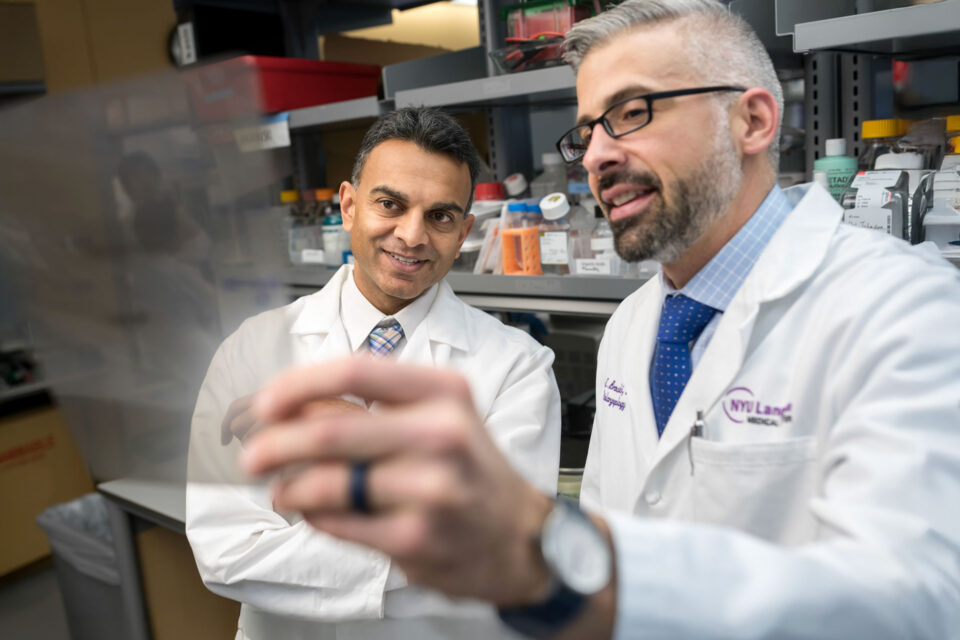
Expert Perspectives
Voice Center Marks 20 Years of Pioneering & Innovative Care
Evolving from a three-person team to a program performing over 2,000 in-office fluoroscopies annually, clinical leaders at NYU Langone's Voice Center reflect on its growth and impact.
NYU Langone Health: A Leader in Otolaryngology—Head & Neck Surgery
Complex Case Spotlight
Building Capacity for Hearing Loss Care in Uganda
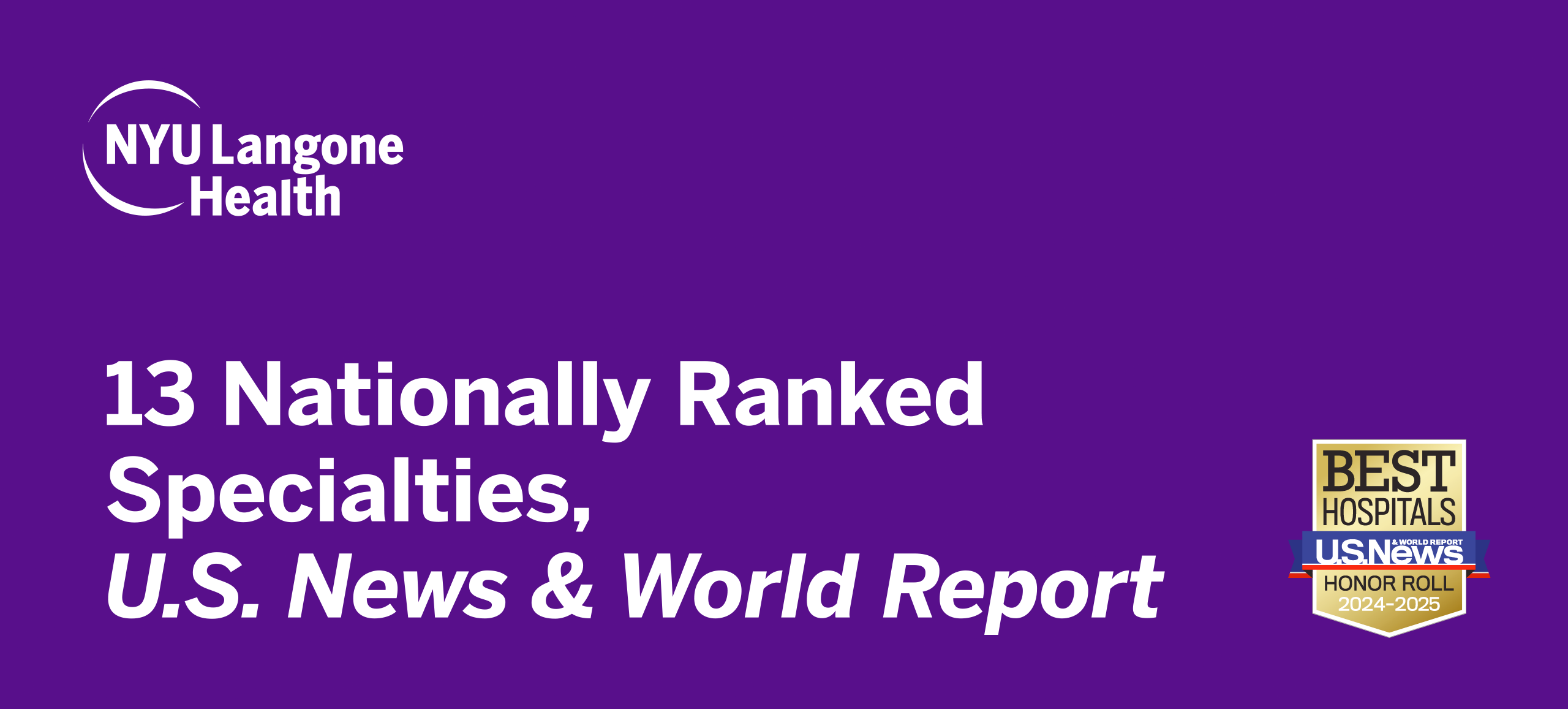
The Best Experts and Latest Breakthroughs
Select your specialty to receive updates on our pioneering research, innovations, expert perspectives, case studies, practice-changing medicine, and more.


